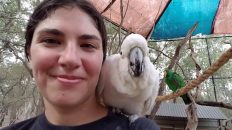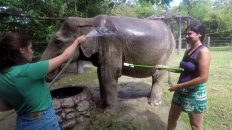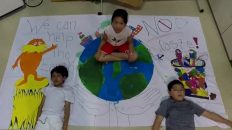It is quite easy to get caught up in the every day stresses of life. It is extremely difficult to stay in the present moment and constantly think about your individual environmental impact. Just being conscious and caring anytime you throw something away, instead of the popular mentality of “I don’t want it, get rid of it, it now disappears”, is a learned habit. We are taught to not think about the trash we create, and therein lies the epic problem that has brought us here today.
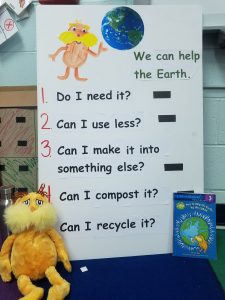 So how can we change this? How can we combat this habitual mentality? The biggest, and I would argue best, thing to do is: teach others.
So how can we change this? How can we combat this habitual mentality? The biggest, and I would argue best, thing to do is: teach others.
No matter how old or young you are, you are a teacher and a learner. You can learn a new language, culture, skill, or program, and you can teach others what you know as well. It is how we all grow as a species.
The above audio is a Power Talk I did at my Spiritual Center about how to change your consumer habits to positively reflect your values for the planet. Again, we are all still a work in progress, but any little thing you can do to help the planet, DO IT! The video is a compilation of trash pick up dates with friends in NJ and around the world, things I have learned and done with my students, and some environmental activism. I hope it inspires you to look into your life and see where you can help the Earth.
In honor of Mama Gaia every day, especially this month, my best friend inspired me to write down a few things that each and every person on this planet, no matter how old or young you are, can do to help #bethesolution.
- Pick up litter! One of the easiest things to do is just pick it up and put it where it belongs (anywhere except on the ground). A really cool app I use in my classroom is called Litterati. Basically, it’s Instagram for litter. You take pictures of the trash you pick up and the app geotags your location and hashtag (ex: #dunkindonutscup) and then you can go online and see the large map and compare your community to others around the world!
- Some other cool ideas you could do with this app would be to
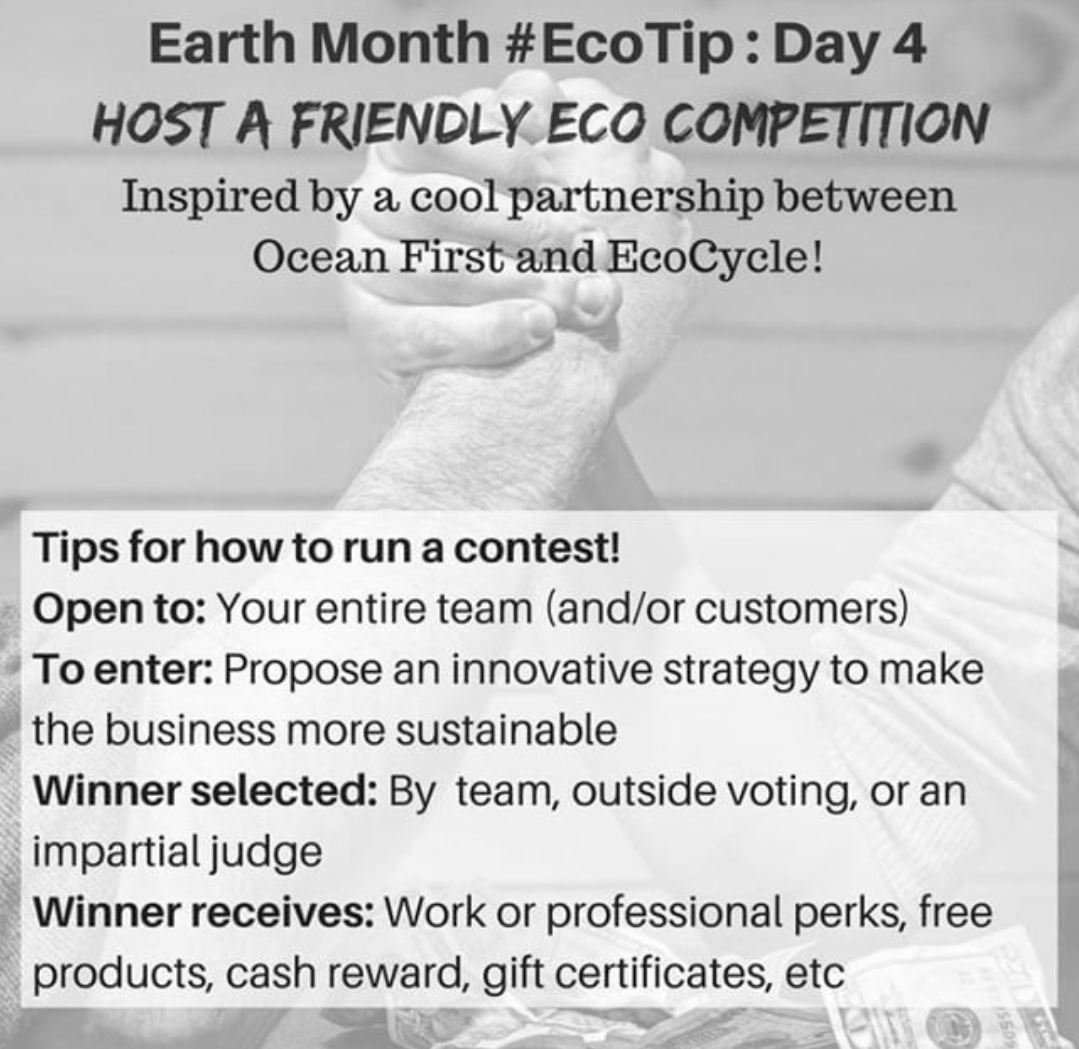 have competitions between churches, community organizations, towns, etc! A few teachers and I are going to do it between classrooms to get our school motivated.
have competitions between churches, community organizations, towns, etc! A few teachers and I are going to do it between classrooms to get our school motivated. - The more people that can pick up trash, the better, especially in forests, community parks, and other natural habitats. We don’t like trash in our homes, so why would we let the homes of other living things be trashed?
- There is also this new sport that started in Sweden called ‘plogging‘ where you pick up trash while you are jogging. Although I am not a fan of running, I might start running with some coworkers and do this! All you have to remember is some garbage bags, and maybe some gloves.
- Some other cool ideas you could do with this app would be to
- Go Plastic Free! There is a huge push for major supermarkets, towns, and individuals to Break Free From Plastic in 2018. Plastic, especially single use plastic, is suffocating our planet, and people are slowly waking up to the fact that we can live without this environmentally detrimental convenience. Check out some plastic free blogs, especially My Plastic Free Life, for more tips on how you can reduce your plastic waste!
- Go Zero Waste! Along with my post about going Zero Waste, a few of my favorite bloggers about the journey is Zero Waste Nerd and Trash is for Tossers. If you can go plastic free, then you are already on your first steps to becoming Zero Waste! I will wholeheartedly admit that I am not 100% ZW, I can’t fit my trash into a mason jar just yet. But every little bit counts! This all goes back to teaching and learning – you are learning a new skill, and if you get your family to do it too, then you are making a HUGE, positive impact for this planet.
- Get locally (and/or nationally) involved! April 14th is the March for Science. That is an important national march, but even when there aren’t national marches planned, there are still a LOT of things to get done. There will also be a nationwide Mazaska Talks on May 7th because, even though JP Morgan wants to tout its investments in solar buildings, it has invested more into tar sands, which are horrible. It actually seems easier (sometimes) to get involved with the big ones and less easy to find out what is going on right in our own backyard.
- New Jersey is quickly getting bulldozed and becoming the pipeline state instead of the garden state. This is also happening in neighboring communities like in upstate New York. There are 350 Organizations all around the world where you can meet and work with individuals who want climate action in their local communities. In Jersey, along with 350NJ, there are organizaitons like Food and Water Watch and the Sierra Club that continuously update its members on local climate change actions, like putting up solar panel parking lots, protesting pipelines and factory developments, standing with indigenous tribes, updates on legislative bills, etc.
- I despise politics, because there are too many old white greedy dudes in charge. But that is EXACTLY why I need to be active in politics, because that is the only way I can be part of the change that is needed in America.
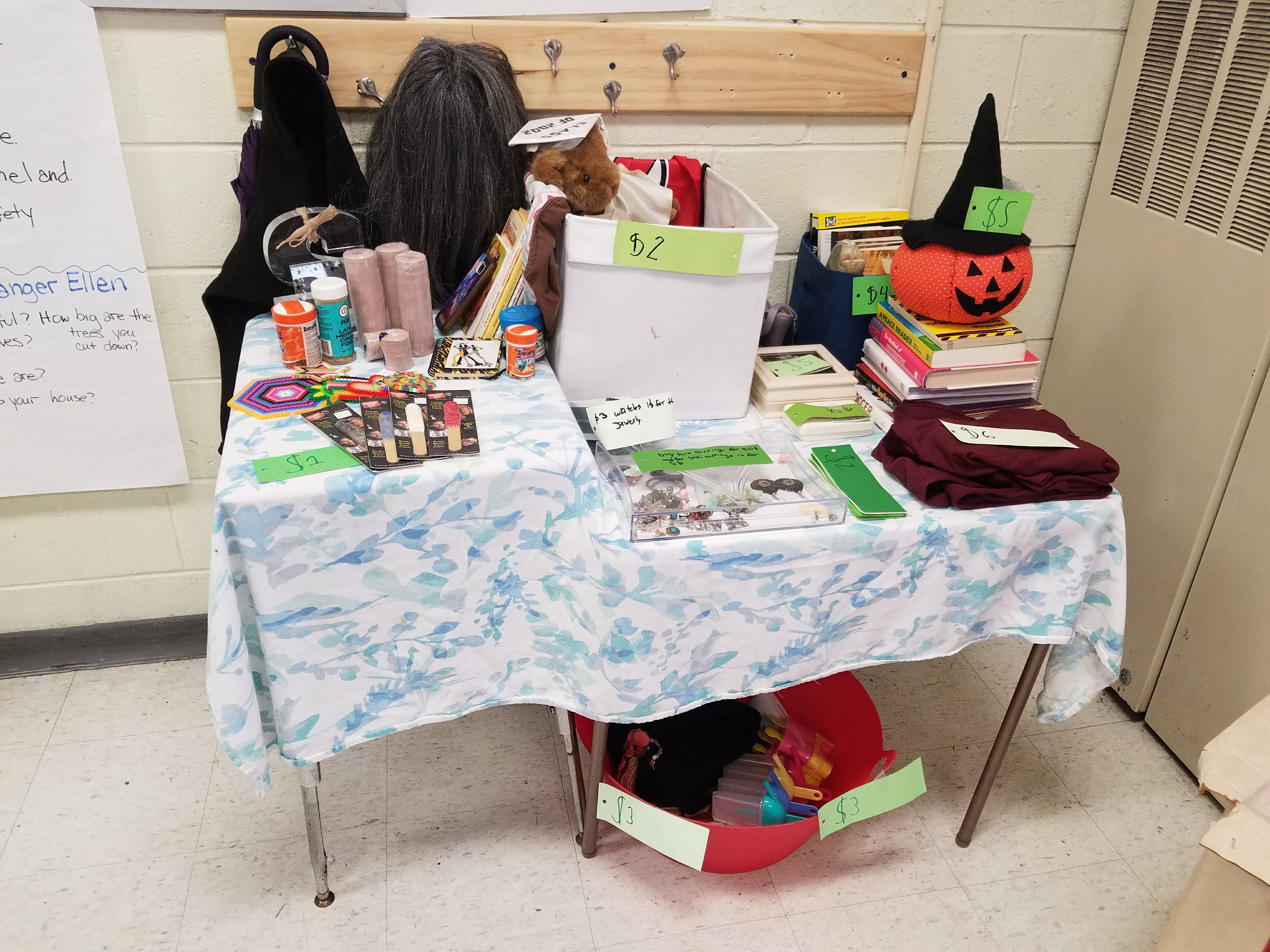 Along with my previous post about my ongoing Environmental Curriculum, I have a very special update for you about my own classroom: We are raising money to support the African Wildlife Foundation in their ongoing efforts to protect the beautiful ecosystems, creatures, and natural habitats in Africa. Yes, after learning about Sudan, the last male northern white rhino, dying, they were very motivated to do something about saving beautiful animals like rhinos, pangolins, elephants, cheetahs, and African wild dogs. So we are going through our belongings and donating them to our “Team 222 Store” and opening our store at designated times so students and teachers can buy items and support our great cause.
Along with my previous post about my ongoing Environmental Curriculum, I have a very special update for you about my own classroom: We are raising money to support the African Wildlife Foundation in their ongoing efforts to protect the beautiful ecosystems, creatures, and natural habitats in Africa. Yes, after learning about Sudan, the last male northern white rhino, dying, they were very motivated to do something about saving beautiful animals like rhinos, pangolins, elephants, cheetahs, and African wild dogs. So we are going through our belongings and donating them to our “Team 222 Store” and opening our store at designated times so students and teachers can buy items and support our great cause.
It is so inspiring to see my students brains process what we talk about and come up with solutions. So I am happy to share this lesson, which is a compilation of a few lessons (remember, my kids need things chunked in order to process), with you so you can invite your students to help be the change we wish to see in the world. I love reading stories about children who take the Federal Government to court of climate change, and I share that with my students so they know that even though they can’t vote, they still have a voice to help other living things.

Unit: Let’s Make a Fundraiser Store
Objective: After reading and learning about endangered animals, you will provide a solution to help them survive.
Vocabulary: endangered, extinct, fundraiser
Suggested book/s: The Lorax, Uno’s Garden, Magazines/newspaper articles (NewsELA, National Geographic, etc.)
Essential Question: Why are humans part of the reason other animal species go extinct?
Materials:
- SMARTboard
- Writing journals
- Items to sell (like at a garage sale)
- Price tags (I used paint chips)
- Markers/writing utensils
Procedure: This unit can be done in a variety of ways, using a variety of platforms. But the overall goal is to create a classroom store that raises money to help an animal or group of animals. You want to pick something the students are passionate about, relate this to prior learning and current events.
In my room, we discuss what living things need in order to survive (food, water, shelter, air, space) and that certain water is undrinkable and some air is un-breathable due to pollution caused by humans. We have delved into different types of pollution, but have concentrated mostly on air and water. We are reading ‘Bud, Not Buddy’ in ELA, so we obviously talked about the water crisis in Flint, Michigan, and have talked about smog in China because my students love hearing about and seeing videos about my travels. We connect and compare all of our learning about other cities/countries/ cultures with our own communities, their values about our basic needs.
We are also growing a classroom garden, so we definitely want our plants to grow with good nutrients. Some of the values my students are learning with our garden that have had a huge impact is that living things take a lot of time to grow, and they need space in order to grow.
Along with air and water pollution, my classroom is now focusing heavily on plastic pollution and habitat loss. I show them videos of plastic rivers and garbage dumping and animals being hurt by our garbage and cutting down trees. I will also show them videos of beach clean ups and unlikely animal friendships and kids suing the Federal Government for failing to help stop climate change. The most important thing I want them to learn, now and after they leave my classroom, is that their habits have a direct relationship to all living things on this planet.
I show the image to the left after establishing with all my students the importance of space for all living things. In Australia, there is an art piece dedicated to the 50 species of birds lost after the development of the city of Sydney. We go through what each symbol at the top means, and some examples of what each looks like – habitat loss, poaching, climate change, etc. Then we go through most (not all, and definitely not in one sitting) of the animals on this list and the biggest cause/factor in all this is: humans.
I do not show these images to make my students feel guilty; most of their day-to-day lives are already laid out for them, and they have minimal say in the matter. I show this because unless we talk about our problems, and talk about solutions, then the extinction of major iconic plant and animal species are going to continue to plague our world until we are no longer part of it. This is the part of the story where my students get to shine.
To say I am proud is an understatement. We had read and discussed our emotions after Sudan died, and what that means to a species that my students grew up thinking there were a lot of. When I brought in a letter I received from the African Wildlife Foundation, I did not really know what to expect – I just figured that we had been working on writing and reading letters, and the letter talked about something they just learned about (Sudan) and so why not read it to them?
But then one of my students said, “Can you donate money to them? Can you give them like $1,000? Or $10,000?!” And I said “Well, I can give some money, but I do not have that much I am able to give away. What about you?” We looked up ways to raise money and opted to make a store inside the classroom. We are planning on doing a bake sale as well, but the science, math, literacy, and technology (yes, I teach my kids to use excel to input formulas and gather data) incorporated into this unit is so functional, relatable, and (I hope) memorable.
I want to give them real skills and knowledge that surpasses the 6 months that I have had these amazing students. I want them to think about their choices, their planetary impact, and I want them to know that they can DO SOMETHING about it. I want them to have a job 10 years down the line in something they enjoy, that they feel valued in doing, that positively impacts this planet.
And it would be such an honor for them to relate what they do then with what they are learning in my classroom.


